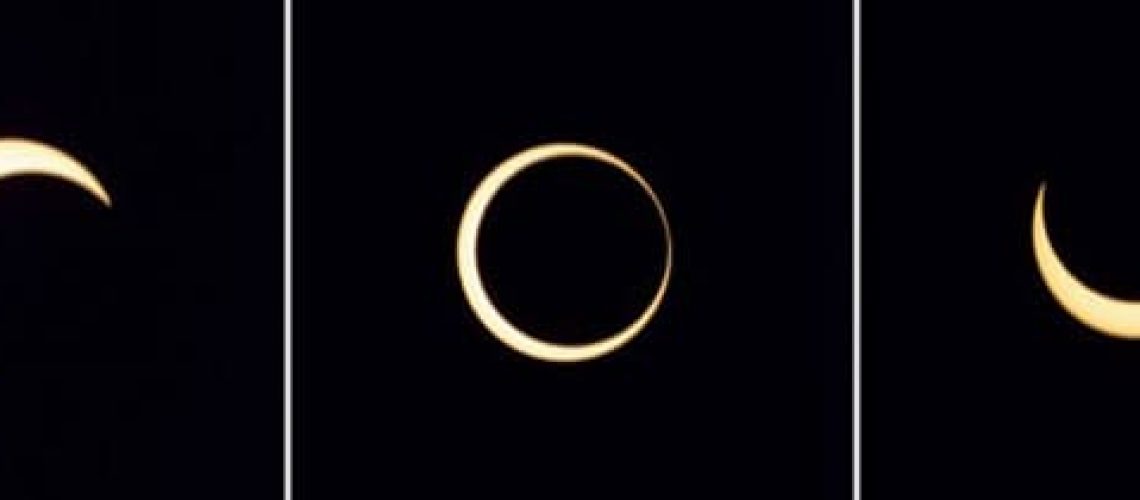Astronomy lovers in the United States will be treated to a partial disappearance of the sun behind the moon this Sunday, May 20, 2012. Over the course of the solar eclipse, the sun won’t vanish completely, but will remain as a “ring of fire” around the moon for what is known as an annular eclipse. When the eclipse occurs, the moon will be near its most distant point from Earth, making it appear smaller in the sky and thus unable to block the entire sun. But it will still be a stunning sight. It’s been almost two decades (1994) since an annular eclipse was visible in the continental United States.
The Grand Canyon National Park lies in the path of this rare eclipse. The eclipse will occur from 6:34pm to 6:39pm, Arizona time. People can also log online to sites such as the Slooh Space Camera to see the event live.
Wherever you are, do not look directly at the eclipsed sun or you can get a serious eye injury. Wear specially made protective glasses or create your own viewing box by punching a small pinhole in a cardboard box.
Two weeks later, Venus will crawl across the face of the sun — a rare occurrence known as the “transit of Venus” that will also require special eye precaution.



